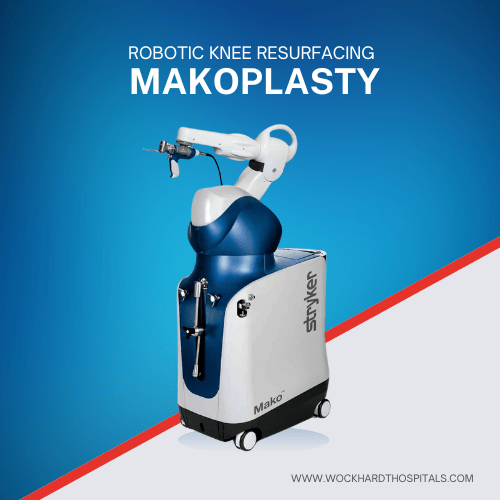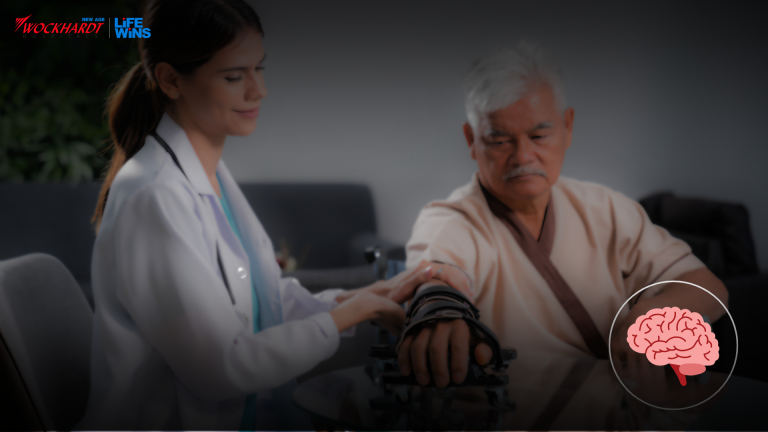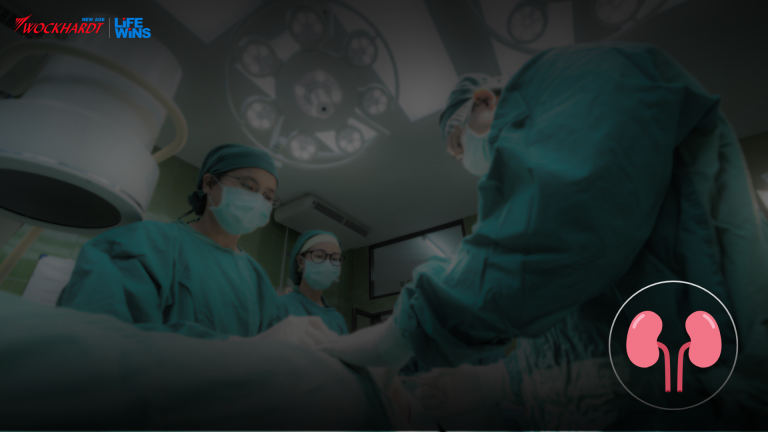Nagpur: Total knee replacement (TKR) surgeries have become very common these days, and doctors are following the ‘Enhanced Recovery Protocol’ to enable patients to start walking within 3-4 hours of the surgery.
Research data published in the Lancet journal in 2019 shows that TKR is a very long-lasting solution, with benefits lasting over 25 years in at least 8 out of 10 patients. Like any other surgery, there have been continuous improvements in surgical techniques, implant designs, surgical materials, longevity, and surgical outcomes of TKR. Nowadays, doctors in Nagpur have started adopting the Enhanced Recovery protocol (ERP) which has very effectively reduced the length of hospital stay after TKR, said leading knee replacement specialists in the city.
As per the documentation by doctors in the city, ERP has improved long-term outcomes and satisfaction after TKR. Patients can start eating and drinking soon after surgery and don’t feel weak. Some 90% of patients were walking on the day of surgery, within 3-4 hours of surgery. All patients can independently use toilets and climb stairs within 2-3 days and can safely go home faster. Patients regain range of motion faster, and many patients are even able to sit cross-legged a few weeks after surgery.
“Our average length of hospital stay after TKR in Nagpur is 2.4 days for unilateral TKR and 2.5 days for bilateral TKR, which is better than reported TKR length of stay data from our country,” said Dr. Alankar Ramteke from Wockhardt Hospitals.
“Due to ERP, patients experience less pain as there is less tissue damage due to minimally invasive surgical techniques. There are no tubes, drains, or pipes after surgery, and patients can resume normal life activities much sooner after surgery,” he added.
According to doctors, ERP is important for all ages, especially in younger, active, and working patients, who want to get back to their jobs early to reduce time off from work and avoid financial losses. According to scientific evidence, Enhanced Recovery in TKR is also associated with minimum bleeding, faster recovery, a higher range of motion, and reduced risk of complications.
Even government hospitals are also following the protocol. “ERP is a standard protocol these days and we are also following it in GMCH,” said Dr. Mohd Faizal from GMCH orthopedic department. “Hip joint replacement is more common in GMCs. Patients from poor financial backgrounds can get it done through schemes like Ayushman Bharat and Mahatma Phule Jan Arogya Yojna. They recover early and get back to work with ERP, which is the biggest benefit for patients who chose government hospitals,” he added.
- WHAT IS ERP
- Prof Henrik Kehlet from Denmark proposed various ideas 20 years ago
- These ideas were organized in ‘Enhanced Recovery Protocols’
- ERP is best suited for high volume procedures
- It includes educating patients about surgery and post-surgery processes
- Planning discharge as per patient’s discharge destination
- Doctors avoid the use of drains, catheters
- Post-surgery, they mobilize patients as early as possible
- Aim to discharge the patient at the earliest


















